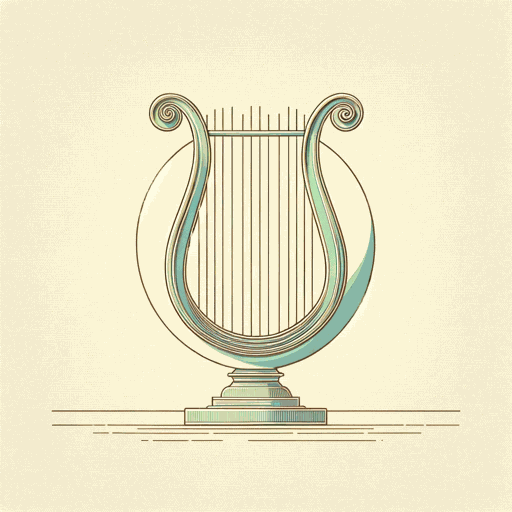26 pages • 52 minutes read
Thomas GrayElegy Written in a Country Churchyard
Fiction | Poem | Adult | Published in 1751A modern alternative to SparkNotes and CliffsNotes, SuperSummary offers high-quality Study Guides with detailed chapter summaries and analysis of major themes, characters, and more. For select classroom titles, we also provide Teaching Guides with discussion and quiz questions to prompt student engagement.
Symbols & Motifs
Sound versus Silence
“Elegy Written in a Country Churchyard” opens with the sound of church bells and cows: “The curfew tolls the knell of parting day / The lowing herd winds slowly o’er the lea” (Lines 1-2). These opening sounds are then contrasted with the “solemn stillness” (Line 6) in the air in the second stanza and the dead men in the graves who can no longer be awoken by roosters or horns (Lines 19-20). Thus, early in the poem, life is associated with sound and death with hush.
These associations are continued when the poet asks: “Can Honour’s voice provoke the silent dust, / Or Flatt’ry soothe the dull cold ear of Death?” (Lines 43-44) Here, Honor and Flattery are personified as people capable of speech, but not capable of reaching the silent, insensate dead.
This motif is complicated when Gray writes “[s]ome mute inglorious Milton” (Line 59) might be buried in the graveyard. Who is Milton without the sound and glory of his poetry? Gray suggests that the lower-class people buried in the cemetery are the least changed by death, because their lives did not lead to the noise associated with Honor and Flattery. As the speaker puts it: “Along the cool sequester’d vale of life / They kept the noiseless tenor of their way” (Lines 75-76).
Related Titles
By Thomas Gray



